Siberian huskies are probably best known as sled-pulling dogs, and these beautiful dogs are faster and smaller than Malamutes, which are also used as sled dogs. Often called the Chukchi Seld Dog, the Siberian Shukchi, the Siberian Dog, the Artic Husky, the Sib or the Shukch, the Siberian husky has become popular for its friendly, outgoing nature. While these dogs rarely bark, they do engage in communal howling. Since they are pack animals, they like to be around other dogs and people. Although they are stilled used as sled dogs today, they have also become popular pets because they are such friendly, delightful dogs.
Origin
It was the Chukchi people who first develop the Siberian husky in an isolated party of northeastern Sibera known as Yakutsk. The dogs were specifically developed to be sled dogs that had endurance, since that was the only mode of transportation for the Chukchi people. This group of people needed a strong, hardy dog that had the endurance to travel long distances, even while pulling heavy sleds in very cold conditions. The Chukchi generally would castrate all of the Sibs except for the very best lead dogs, which helped to improve the breed over time. When the dogs weren’t out pulling sleds, the women cared for them, which meant they were around children regularly. For this reason, only males and females that were well-tempered and non-aggressive were favored, so this led to a breed of dogs that was friendly and hardy.
It wasn’t until the 20th century that Alaskan Americans started hearing about an improved sled dog. Soon, these dogs were being imported into Alaska across the Bering Strait from Siberia. In 1909, the very first team of Siberian huskies competed in the All Alaska Sweepstakes race, which increased their popularity within America. Sled racing enthusiasts started breeding these dogs and the Siberian husky quickly became a top winner in the Alaskan sled races.
When a severe diphtheria epidemic broke out in Nome, Alaska in 1925, it was teams of Huskies that would be used to transport the needed medical supplies and drugs to this remote city. The run required the Husky teams to travel over 600 miles and quickly brought the breed to the public’s attention within the United States. The lead dog of the team that took on the last leg of that serum relay is still well known today, and a statue of the dog, named Balto, can be found in New York City’s Central Park.
In 1930, the American Kennel club finally accepted the Siberian husky. Later, during World War II, the breed was used by the United States military as a part of the search and rescue unit used in the Arctic Circle.
Appearance
Brown or striking blue eyes characterize this artic breed, although some may have an eye of each color. They have a proportionate, medium sized skull that is rounded slightly on the top. Siberian huskies boast a medium length muzzle that tapers to the tip. White dogs may have a flesh colored nose, cooper dogs have a liver nose and black, tan or gray dogs have a black nose. The ears on the Sib tend to sit high on their head and are shaped like triangles with tips that are slightly rounded. Their back is straight and long and the tail is furry with a fox brushed shape.
The Siberian husky has a double coat of thick, medium length hair. The top coat is very straight and the undercoat is short and dense. They shed heavily all year long and twice each year they blow the entire coat. Many different patterns and colors are seen on huskies. Usually they have a white face, tail tip, legs and paws, no matter what color they are. The most common colors for the Sib include gray and white, pure white, copper and white and black and white.
An adult male Siberian husky will generally stand between 21 and 23.5 inches, which is measured at the withers. However, females usually stand at only 20 to 22 inches tall. Males generally weigh from 45 to 60 pounds, and females are a little lighter, weighing between 35 and 50 pounds. However, every dog’s weight should be proportionate to the dog’s height.
Temperament
While the Siberian husky may appear fierce, these dogs are not aggressive or possessive. They love life, they love to play and they love being active. It is essential to ensure you only purchase or adopt a husky that has a good bloodline, since indiscriminate breeding may result in unwanted qualities, such as timidity or aggression. Huskies are well known for managing to escape garages, screen doors, fences and more, so it is important to avoid leaving them without supervision.
These dogs require a lot of activity to keep them happy and healthy. They have a lot of endurance and energy, so they need a couple of activities each day. They enjoy going on jobs, hikes, walks and other activities. The breed is quite difficult to train, so they need consistency and firm leadership.
Grooming
The Siberian husky is a heavy shedder that loses hair all through the year. This means that they should be brushed once or twice a week to prevent matting and to control shedding. During shedding season, they need to be brushed daily. Since these dogs clean themselves, they are very clean and odor free. They only need to be bathed when extremely dirty.
Working Roles
The Siberian husky was bred to be a sled dog, and these dogs still work as sled dogs today. They are used in Alaska and still in Siberia as sled dogs and love pulling a sled for their owners. Because they are so hardy and they do well in extremely cold temperatures, they are often used for search and rescue in extremely cold, snowy areas of the world.
Health
Siberian huskies generally live to be between 10-14 years old. Most of the health issues for this breed are genetic, including eye problems and seizures. Some of the common genetic eye problems that may affect huskies include canine glaucoma, progressive retinal atrophy, corneal dystrophy and juvenile cataracts. Among Siberian huskies that are used for sled racing, health problems may include gastric erosions, bronchitis and gastric disease. Other health problems that may affect this breed include:
- Nasal depigmentation
- Von Willebrand disease
- Hypothyroidism
- Hip dysplasia
- Epilepsy
- Osteochondritis dissecans
- Chronic superficial keratitis
- Basal cell tumor

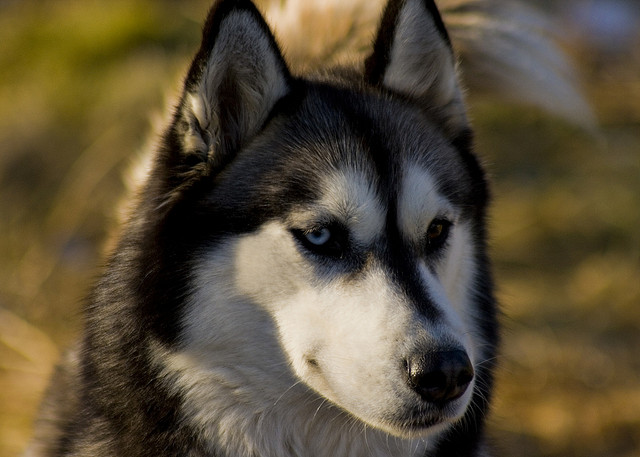
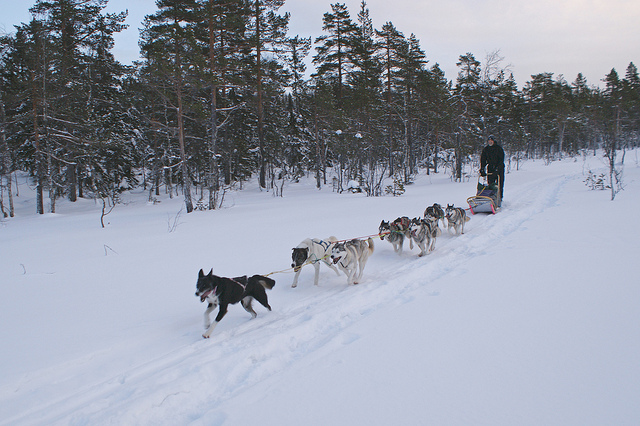
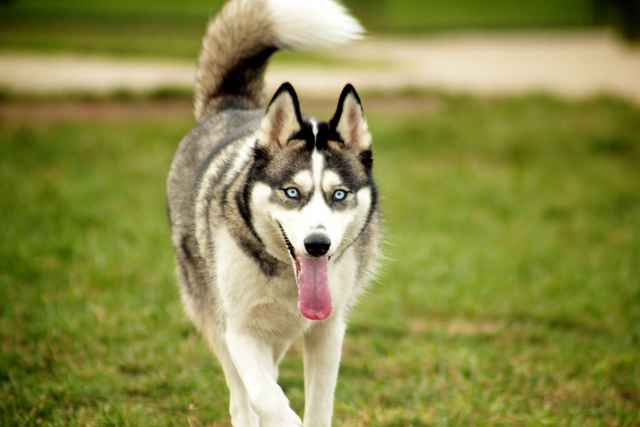
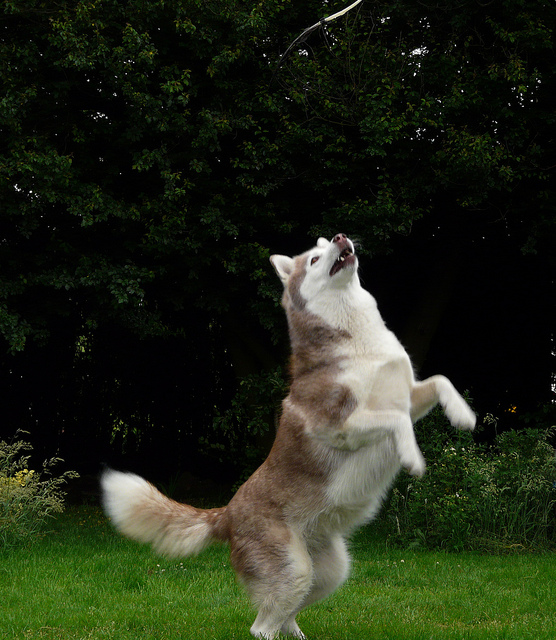
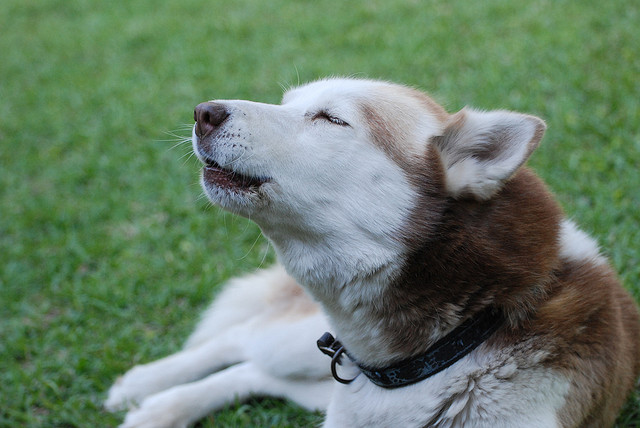
Great site.